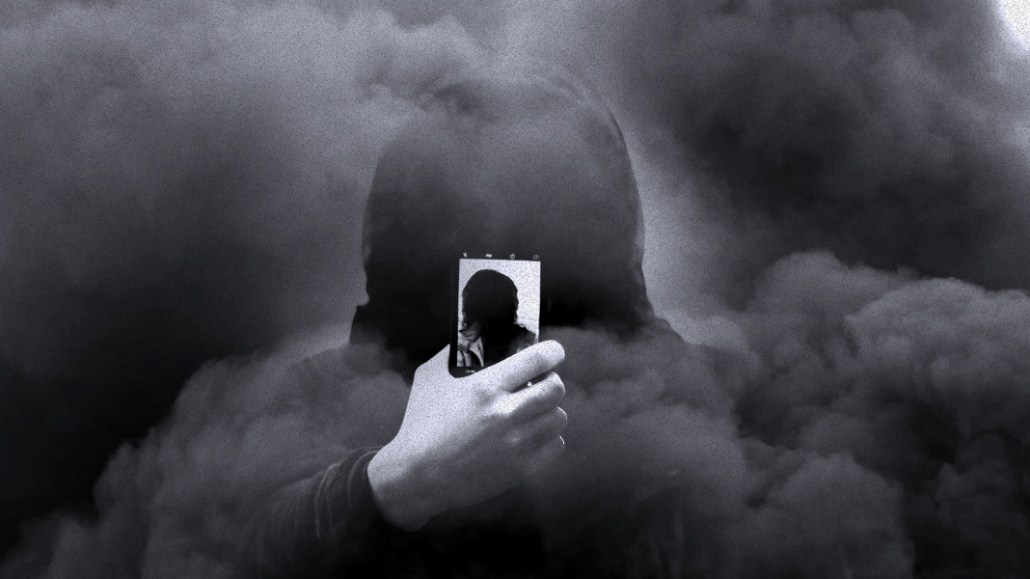Save 50% on a 3-month Digiday+ membership. Ends Dec 5.
‘A bit impersonal’: The rise of influencer marketing agencies rankles influencers

Late last month travel writer and LGBTQ influencer Adam Groffman posted on Twitter screenshots of a rate card from an influencer marketing agency that he received. The agency had contacted him to do work for a major pharmacy chain. Groffman, an influencer with more than 40,000 followers on Instagram, posted the screenshots to express his frustration with the low compensation rates and strict guidelines that the agency was allegedly requesting of the influencers it might potentially work with.
As influencer marketing has matured, dozens of influencer marketing agencies and dedicated networks have sprung up with the aim of helping companies and influencers connect. In 2019, companies spent $1.9 billion on influencer marketing in the U.S. and Canada, per Instascreener. But some influencers have told Digiday that working with influencer networks and some influencer agencies can be cumbersome and difficulties arise in the negotiation of prices and terms. These influencers said they would rather keep their direct relationships with the companies they work with. Thus as the field of influencer marketing has professionalized, and the “Wild West” era has ended, these influencer entrepreneurs are expressing new challenges and gripes.
“When I reach out to brands directly, they tell me to apply for their programs through their affiliated network, which means I lose whatever personal connections I might’ve had and the ability to negotiate,” Groffman said. A company he had worked with for years recently referred him to its influencer network, he added.
“Influencer marketing has finally matured as an industry,” explained Kristy Sammis, executive director of the Influencer Marketing Association, in an email. “Brands are now willing to allocate significant budget to strategic influencer programs. This means they need scale, benchmarks, and guarantees. That’s simply not possible with one-on-one influencer relationships.”
Currently, influencers lack a standardized set of rates, yet a myriad factors can go into setting a price. That said, a $10 cost per thousand impressions is a baseline for influencers working on Instagram and Instagram Stories, according to Village Marketing founder Vickie Segar. She added that for every 100,000 followers, that rate grants an influencer $1,000 a post. Plus, companies and influencers might additionally negotiate usage rights and exclusivity, which could increase the fee. Terms vary by company, but payment can take from 30 days to 120 days, according to industry sources.
When influencers have the chance to participate in negotiations, they typically share data with the company to prove their worth beyond the baseline rate. For starters, someone with 100,000 followers might not necessarily be able to reach all of them since they might not be as engaged as the audience of someone with a lower follower count. That’s why influencers said they will share their metrics, often culled from their last 30 days of Instagram posts and stories, so as to indicate the level of engagement a company could receive by working with them. Some influencers like Jessica Hirsch, who runs the Instagram account CheatDayEats and has 450,000 followers, will also offer demographic information about followers to provide companies a better sense of who they will reach.
Hirsch said she has received mass emails from networks that are requesting bids, apparently from hundreds of influencers. These solicitations typically don’t give influencers a chance to negotiate their rates. “I prefer to have a relationship with a company rather than put in a bid,” said Hirsch, adding that the networks’ approach “seems a bit impersonal.”
Ad position: web_incontent_pos1
Travel influencer Rob Taylor said he believes that the uptick in networks’ and agencies’ solicitation of bids from influencers has resulted from companies’ setting of short-term influencer impression goals. These companies are pursuing quick ways to achieve those goals instead of fostering long-term relationships with influencers, he said. He has opted instead for direct relationships with companies and encourages other influencers to do the same, Taylor added. “It damages an influencer’s ability to control their own income,” he observed.
Ryan Detert, CEO of influencer technology-platform company Influential, said that while over the last year some influencers may be receiving more mass emails from networks asking for bids and offering flat rates for their content, that the model has been around for some time. “There’s some technical merit because you get a lot of content,” Detert said about companies’ reaching out to influencer agencies. “But more content isn’t inherently better. If the content isn’t great, it’s not a great post. You can’t spam your way to good results.”
“Influencer marketing requires that media is bought individually at scale, a concept that feels challenging,” wrote Segar in an email. “This approach to media is extremely time consuming. When agencies and platforms short-cut that process by sending out mass emails — not individually negotiating influencers based on their real value — the entire program is broken.”
More in Marketing

U.K. retailer Boots leads brand efforts to invest in ad creative’s data layer
For media dollars to make an impact, brands need ad creative that actually hits. More CMOs are investing in pre- and post-flight measurement.

‘AI is permeating everything we do’: How Guitar Center developed 2 AI tools this year
This summer, the company launched a chatbot called Rig Advisor to help customers find the right instruments and products.

Behind the rise of the chief productivity officer and what it means for companies and employees
The CPO is envisioned as the leader who orchestrates people and technology together to drive business outcomes.
Ad position: web_bfu








